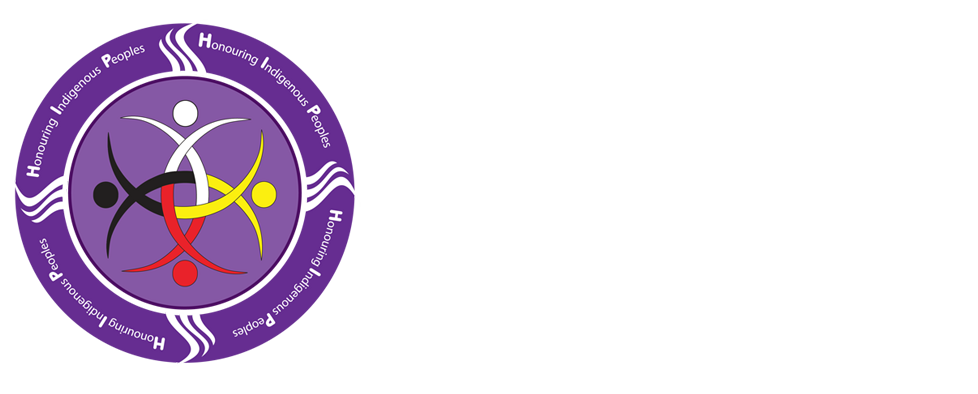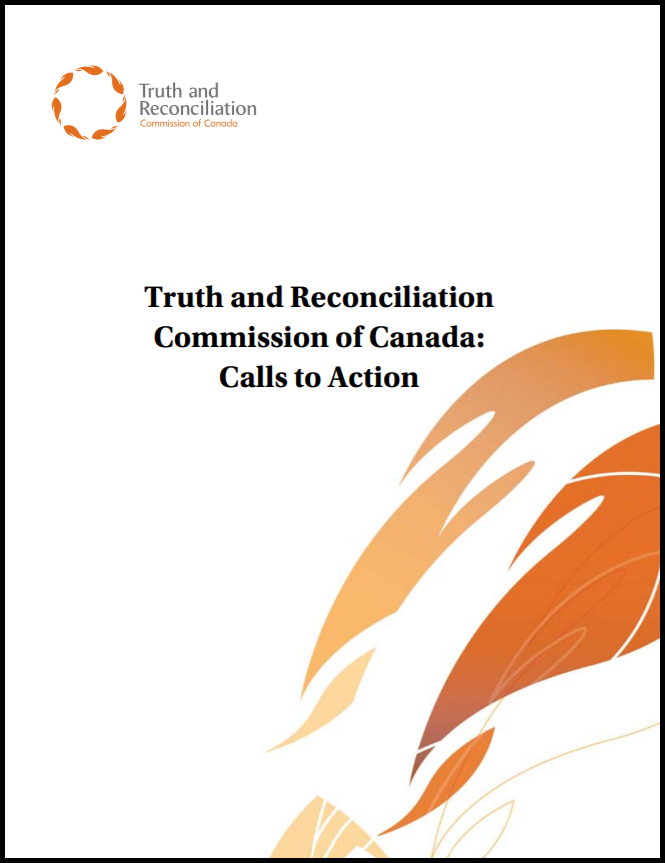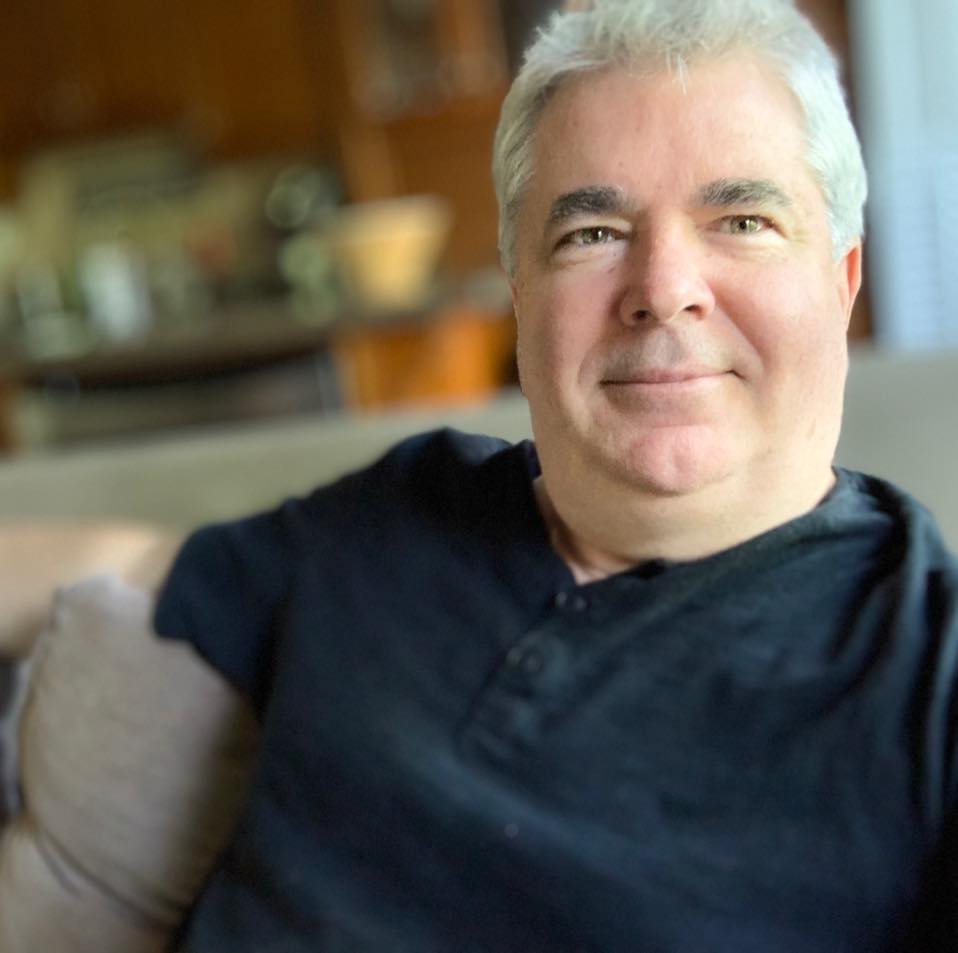Horrific wrongs were committed against the Indigenous Peoples of Turtle Island. In the region now known as Canada, more than 150,000 First Nations, Métis, and Inuit children were forced to attend residential schools. Personally, I cannot imagine the trauma of having my children stolen away or as a child, suddenly being stripped of everything you hold dear and being subject to abuse.
“The cumulative negative impact of residential schools is a legacy of unresolved trauma passed from generation to generation”
The Truth and Reconciliation Commission of Canada, http://www.trc.ca/reconciliation.html
You may be shocked to learn that the last residential school in Canada closed in 1996. The negative impact has had a profound effect on Indigenous Peoples and relationship with Indigenous peoples and other Canadians. It will take all of us to work together to restore the relationship.
Reconciliation between Indigenous and non-Indigenous Peoples is not a certification or list of tasks to check off as complete. Reconciliation is a goal that will take time and hard work. Reconciliation requires a commitment from Non-Indigenous Peoples to understand the past, recognize treaty agreements, build equitable relationships and support the restoration of Indigenous Peoples language and culture. The process of reconciliation will strengthen community well-being and make Canada better.
Land Acknowledgements
A land acknowledgement is a single act of reconciliation. Recent version of land acknowledgements have been inspired by the 94 Calls-to-Action published in the Truth and Reconciliation Commission of Canada report. It is important to note that land acknowledgements are not new and have been around for hundreds of years before the arrival of Europeans. When Indigenous Peoples visited other territories, it was, and still is, customary to respect and acknowledge the traditional custodians of the land.
Land statements are about acknowledging, establishing and maintaining meaningful relationships with Indigenous Peoples. Land acknowledgements should come from the heart and by expressing a statement before beginning our events, work and decision making, we are reminded of our responsibilities. Our responsibilities to each other, to the land, to our values and to future generations.
While I agree, land acknowledgements are a necessary step toward reconciliation, I have also witnessed good intentions causing further harm. Copying or quickly composing a statement, risks offending the very Indigenous Peoples you are intending to recognize and completely misses the point of what reconciliation is about. Instead, use this opportunity to reach out and build your relationship with local Indigenous Peoples.
City of Pickering’s Land Acknowledgement
The City of Pickering recently did just that. Beginning their journey on the path of truth and reconciliation, the City reached out to the Williams Treaty signatories, the Mississaugas of Scugog Island First Nation, who are the traditional custodians for the land on which Pickering resides. The Williams Treaties were signed in 1923 by the governments of Canada and Ontario and by seven First Nations of the Chippewa of Lake Simcoe and the Mississauga of the north shore of Lake Ontario.
Mayor Dave Ryan offered tobacco to Chief Kelly LaRocca in exchange for knowledge and guidance. One of the first requests was for assistance in writing an appropriate land acknowledgement. With guidance from the Indigenous community, the City developed a land acknowledgment that received Chief LaRocca’s blessing and appropriately acknowledges Indigenous Peoples while commemorating their new friendship and commitments.
We acknowledge that the City of Pickering resides on land within the jurisdiction of the Williams Treaties and on the traditional territory of the Mississauga’s of Scugog Island First Nations, the Anishnaabe, the Chippewa, the Haudenosaunee and the Wendat peoples. This acknowledgement reminds us of our responsibilities to our relationships and the ancestral lands on which we learn, share and live. ~ the City of Pickering
In the spirit of friendship, Chief LaRocca and the Mississaugas of Scugog Island gifted a flag to Mayor Dave Ryan and the City of Pickering. The flag was proudly raised at City on Hall on September 30th 2020 to recognize this new relationship and raise awareness about residential schools for Orange Shirt day.
This land acknowledgement is also being adopted by residents of the City of Pickering. the Pickering Museum Village, the Pickering Library, the Pickering Rotary Club and others. Additionally, the City recognizes that this is the first step and plan to initiate Cultural Awareness education and commit to work together with the Mississaugas of Scugog Island First Nations going forward. As a resident of Pickering, I appreciate Chief LaRocca’s support and am extremely proud of the City for taking this step. I look forward to the wonderful outcomes of this new relationship as we all walk the path together.


